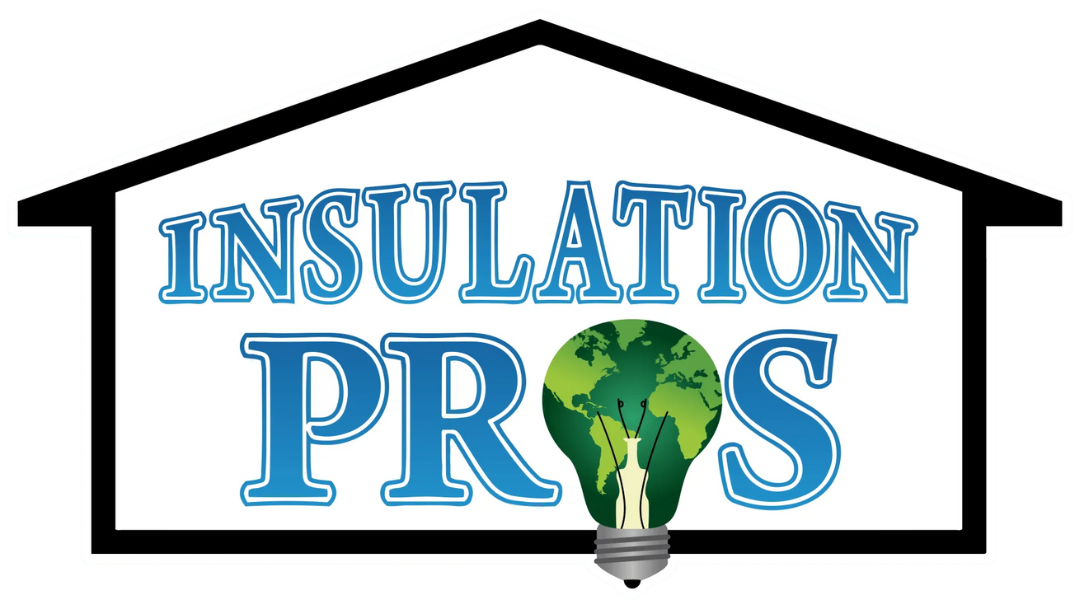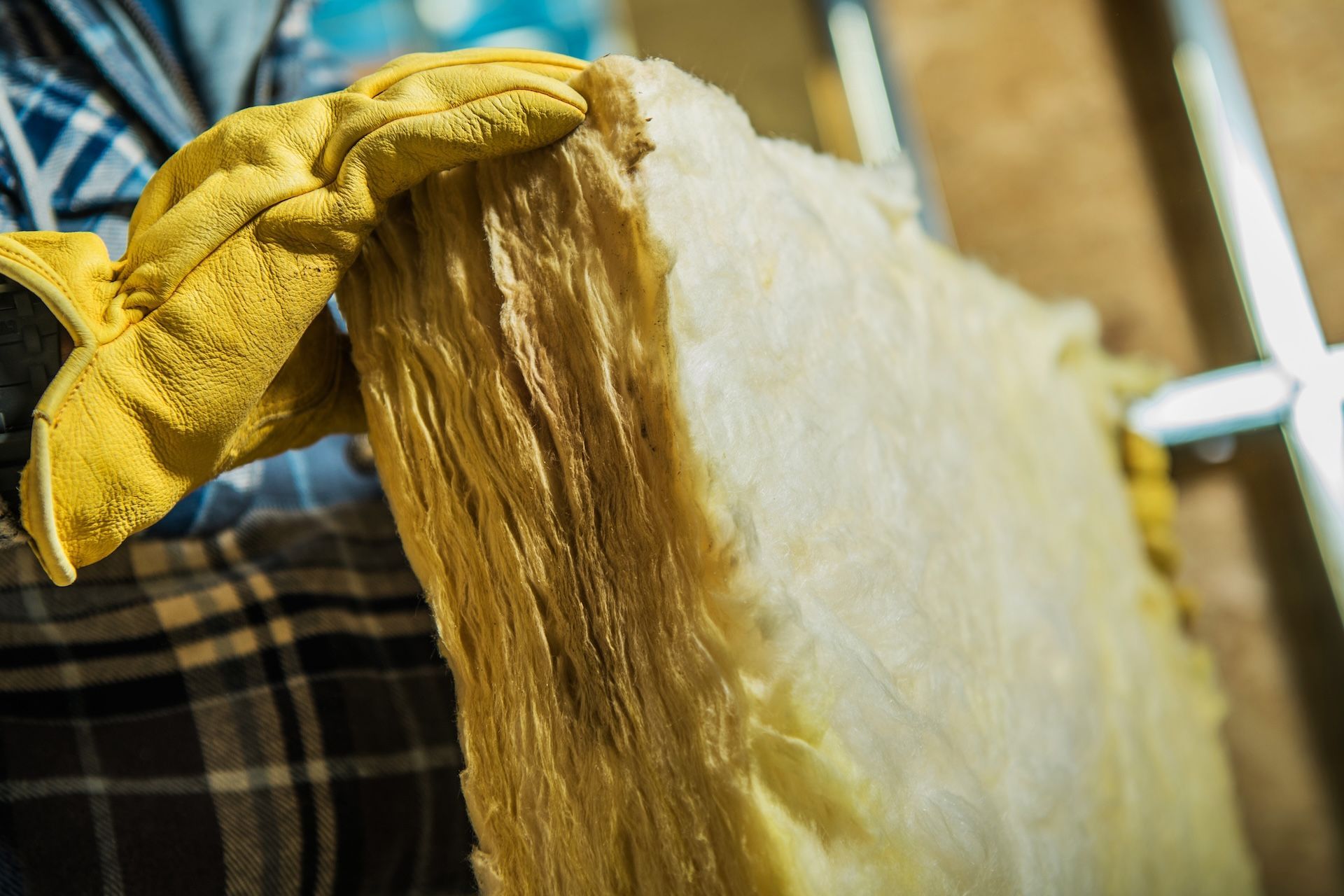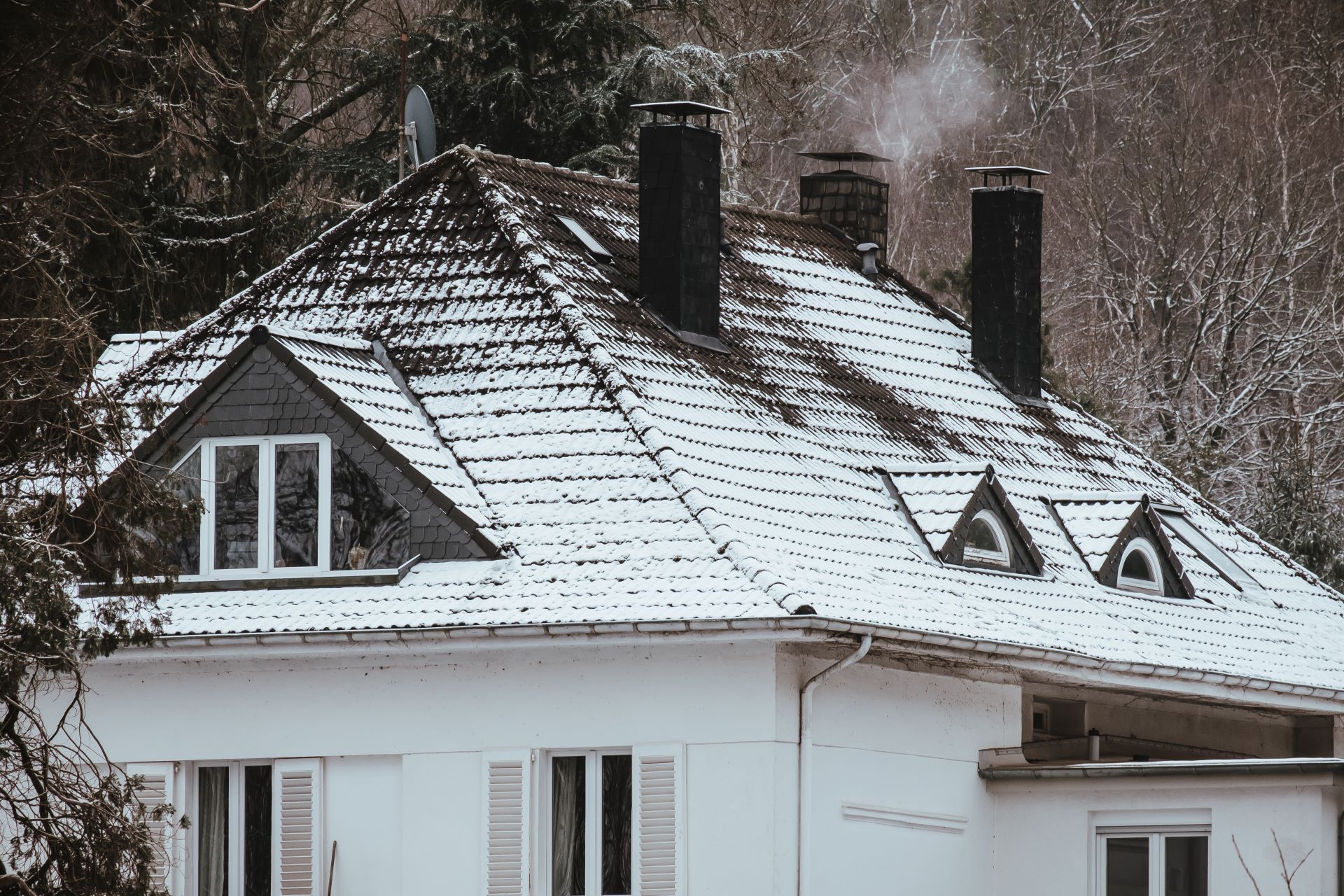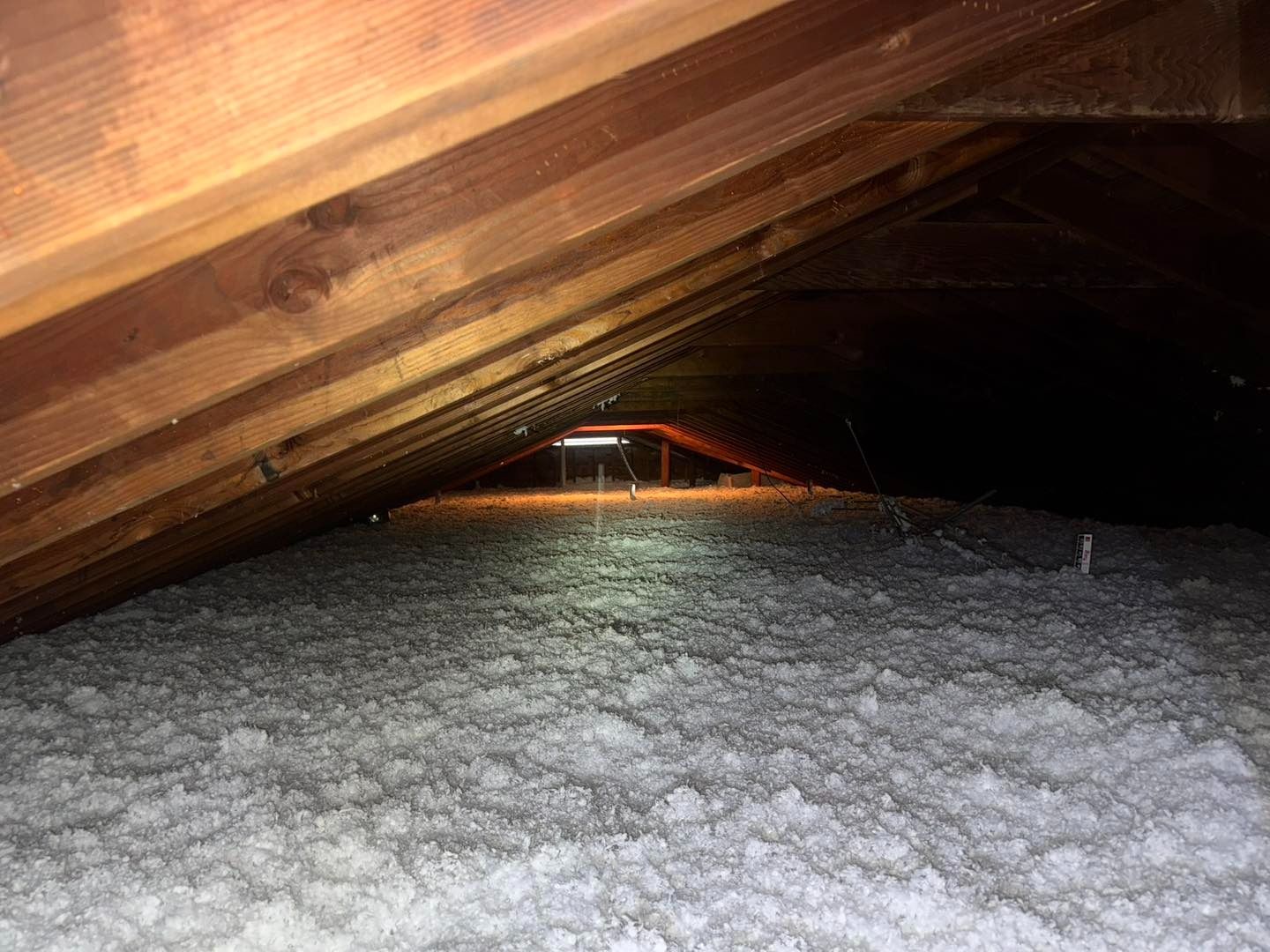Insulation for Older Homes: What You Need to Know
When it comes to maintaining comfort and energy efficiency in older homes, insulation is often a key area that gets overlooked. Many homeowners are surprised to learn that their older homes, while full of charm and character, may be lacking in energy efficiency due to outdated or insufficient insulation.
If you're living in an older home, upgrading the insulation can make a huge difference in comfort, energy costs, and overall property value. So, how do you tackle insulation in older homes? Let’s break it down.
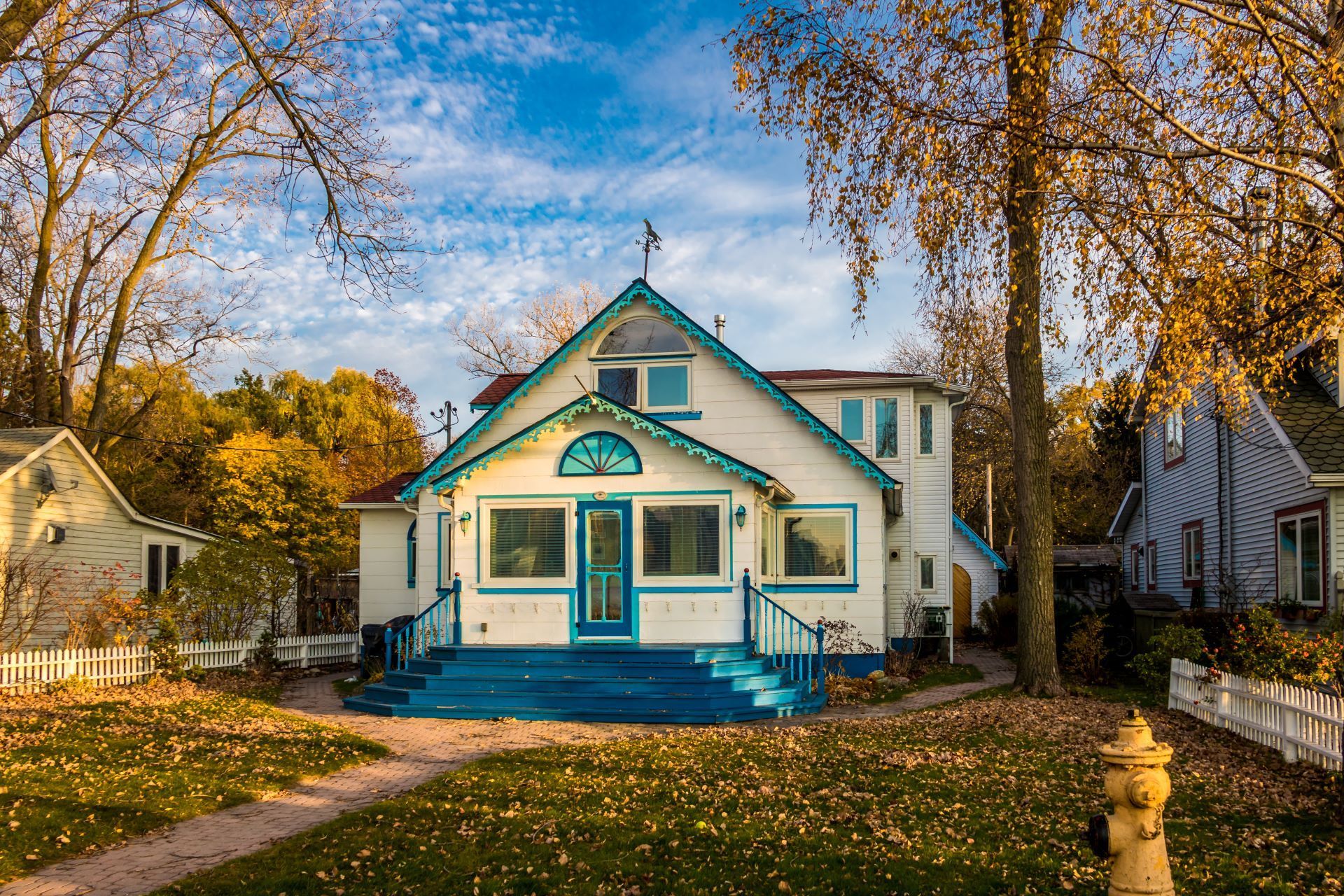
Why Older Homes Need Special Consideration for Insulation
Unlike modern homes, older houses were not designed with energy efficiency in mind. Many of them were built with materials and construction techniques that were common before the widespread use of modern insulation. This means that while your home may still be beautiful and structurally sound, its energy efficiency could be lacking.
Older homes often have uneven insulation, drafty windows, and gaps in the structure that lead to air leaks. These factors can make it harder to regulate temperatures, forcing your HVAC system to work harder and driving up your energy bills. To make matters worse, the insulation in older homes is often outdated, which can cause problems with temperature control and energy loss.
Common Insulation Issues in Older Homes
In many cases, the insulation in older homes was never as efficient as what’s available today. Common insulation issues in older homes include:
- Outdated or Insufficient Insulation: Many older homes are equipped with insulation that’s either ineffective or absent altogether. Materials such as fiberglass batt, cellulose, or even older types like newspaper were used in the past, but they don't perform well by today's standards.
- Air Leaks and Gaps: Drafts and air leaks are common problems in older homes. Cracks around windows, doors, and the foundation can allow heated or cooled air to escape, making it harder to maintain a comfortable temperature.
- Inconsistent Coverage: Insulation might be missing or uneven in certain areas of your home, such as the attic, walls, or crawl spaces. This can lead to temperature fluctuations and a lack of comfort throughout your home.
Benefits of Insulating Older Homes
Investing in new insulation can help solve these common issues while offering several key benefits:
- Energy Efficiency: Proper insulation can drastically reduce your heating and cooling costs by keeping the temperature inside your home more stable. Insulation acts as a barrier that prevents air from escaping and keeps conditioned air inside.
- Cost Savings: While the upfront cost of insulation may seem high, it often pays for itself in energy savings over time. With reduced energy consumption, you’ll see a noticeable decrease in your utility bills.
- Increased Comfort: Insulation helps eliminate hot and cold spots in your home, making your living environment more comfortable year-round.
- Enhanced Property Value: Homes with modern insulation are more attractive to buyers, especially those looking for energy-efficient homes. Adding insulation is a simple way to increase the marketability and resale value of your older home.
Types of Insulation for Older Homes
Older homes come in a variety of shapes and sizes, so it's important to choose the right type of insulation for your specific needs. Here are some of the most popular options:
- Spray Foam Insulation: Ideal for sealing gaps and cracks in hard-to-reach areas, spray foam provides an excellent air barrier and insulation. It's particularly effective in areas like the attic and walls, where air leakage is most common.
- Cellulose Insulation: This eco-friendly insulation is made from recycled paper products and is great for filling cavities in walls or attic spaces. It's a cost-effective and environmentally conscious choice.
- Fiberglass Batt Insulation: One of the most common insulation types, fiberglass batt is often used in attics or floors. It's affordable and easy to install in areas with adequate space.
- Blown-In Insulation: This type of insulation is ideal for filling existing cavities, especially in attics or walls that are difficult to access. It’s an effective option for adding insulation without major renovations.
Challenges When Insulating Older Homes
While insulating an older home is a great investment, it does come with a few unique challenges:
- Restricted Space and Access: Older homes may have small, narrow crawl spaces, tight attic areas, or small gaps where insulation is difficult to install.
- Structural Limitations: Some old materials may not be compatible with certain types of insulation. For example, plaster walls or historic materials may need special handling.
- Historical Considerations: If you live in a historic home, you might be concerned about maintaining its original character and appearance. Luckily, there are ways to insulate your home while preserving its historical integrity.
How to Insulate Older Homes Effectively
Insulating an older home effectively requires the right approach:
- Start with an Energy Audit: A professional energy audit will help identify the areas in your home where insulation is most needed. This will give you a clear picture of the problem areas and help you prioritize the insulation work.
- Air Sealing First: Before adding insulation, make sure to seal any air leaks. This could involve sealing gaps around windows, doors, and even electrical outlets. Proper air sealing ensures that the insulation works effectively and reduces drafts.
- Choose the Right Insulation Type: Depending on the space and your goals, certain types of insulation will work better than others. A professional can guide you in selecting the best materials for your home.
- Hire a Professional Installer: While DIY insulation may seem tempting, it’s often best to hire a professional. They’ll have the tools, knowledge, and experience to install insulation properly, ensuring optimal results.
Financial Incentives for Insulating Older Homes
Insulating your older home may qualify you for rebates, tax credits, and other financial incentives. Many states and local utilities offer programs designed to make energy-efficient home improvements more affordable. By taking advantage of these incentives, you can offset the cost of insulation and increase your home’s value.
📞 Ready to Make Your Older Home More Energy-Efficient?
Proper insulation is one of the best ways to improve the comfort and efficiency of your older home. Whether you're looking to insulate your attic, walls, or crawl space, Insulation Pros is here to help. Our professional team specializes in retrofitting insulation for older homes to make them more energy-efficient, comfortable, and cost-effective.
Contact us today for a free consultation and start saving on your energy bills!
Book a Service Today
Recent Posts
Owned
Veteran Owned and Family Operated
Team
Experienced Team at Insulation Pros
Free Quote
Our team offers free estimates
Service
#1 Customer Rated in Kansas City
